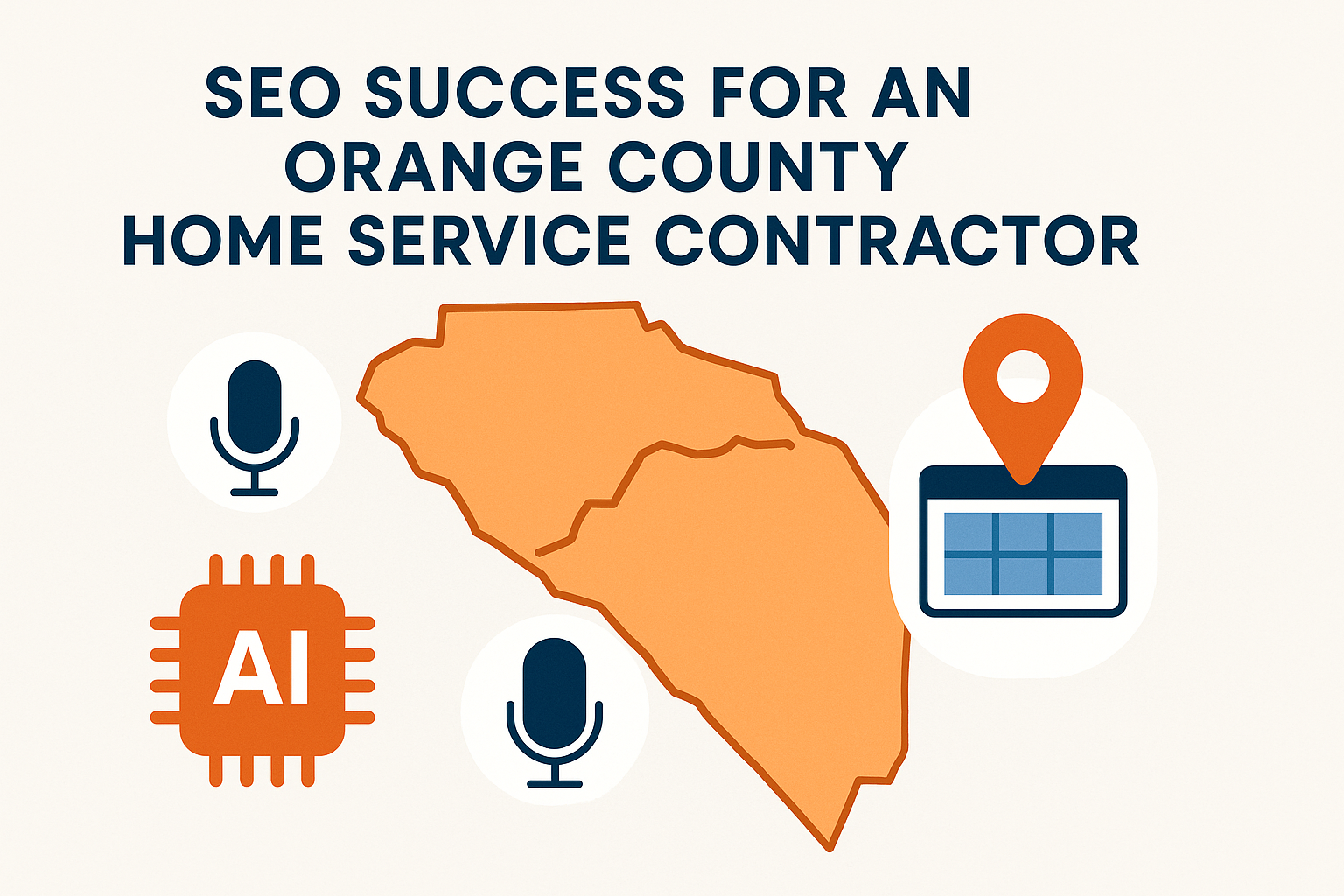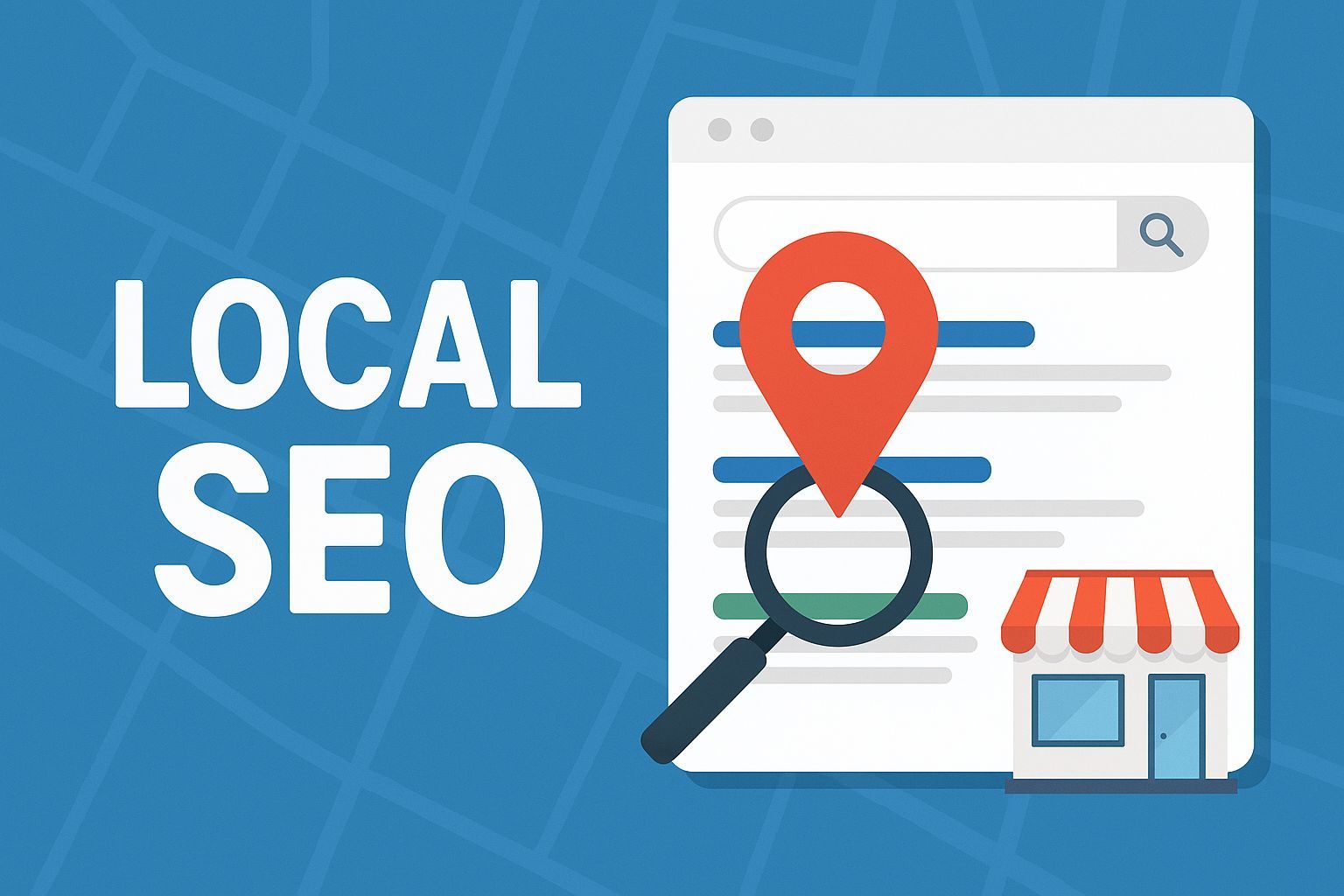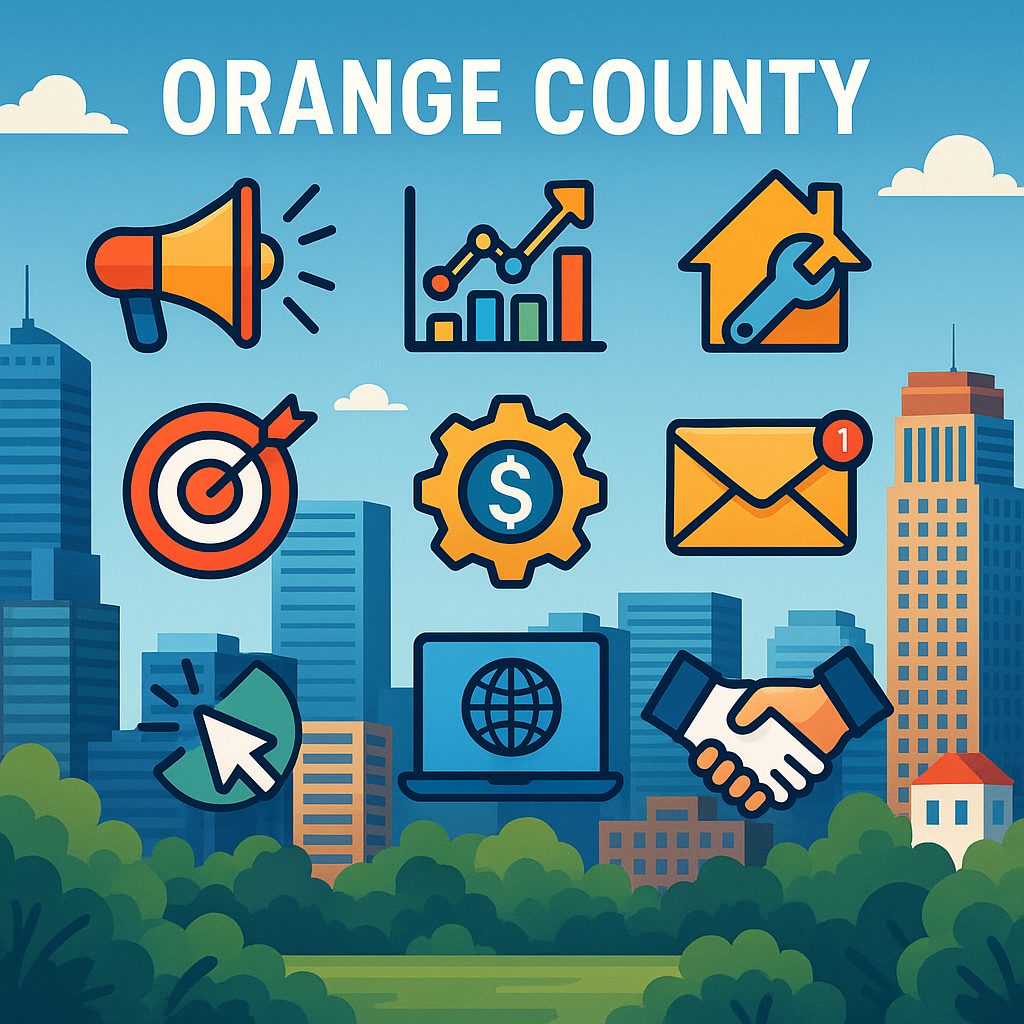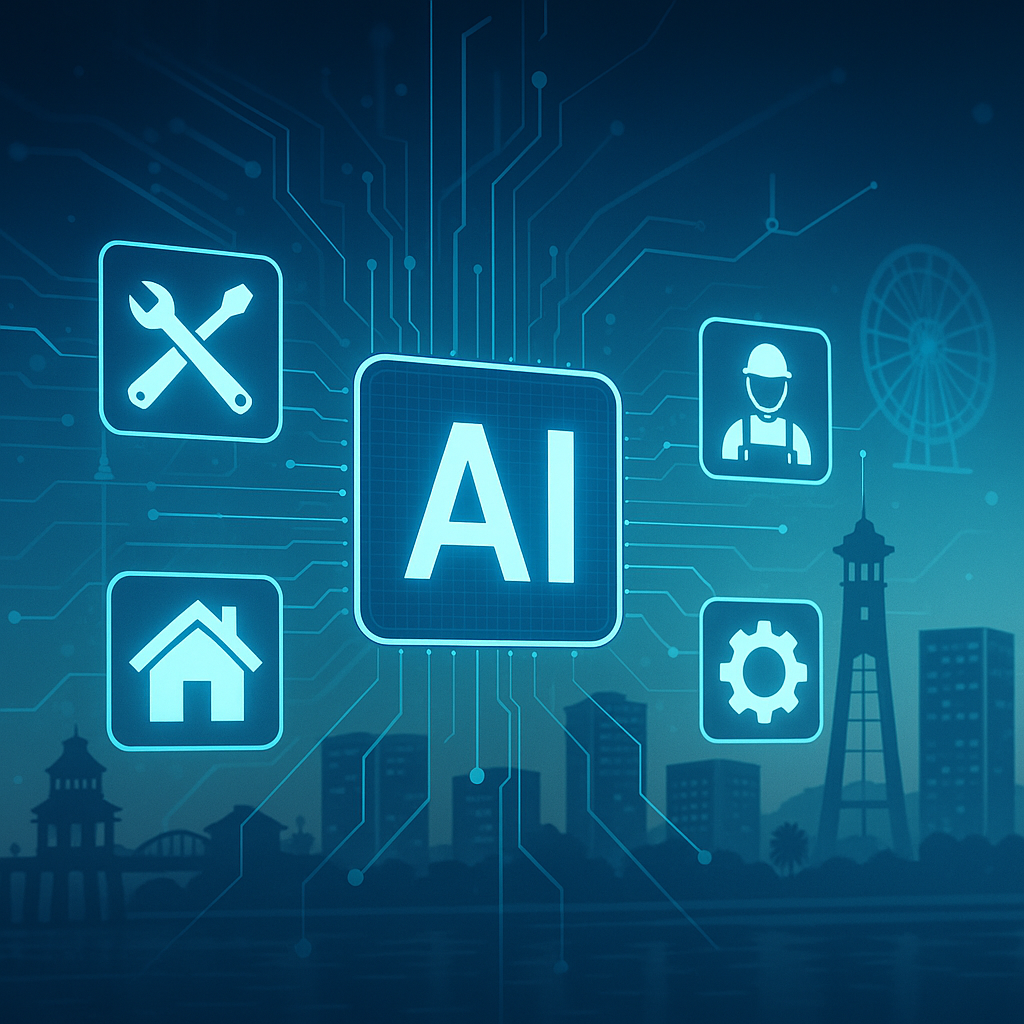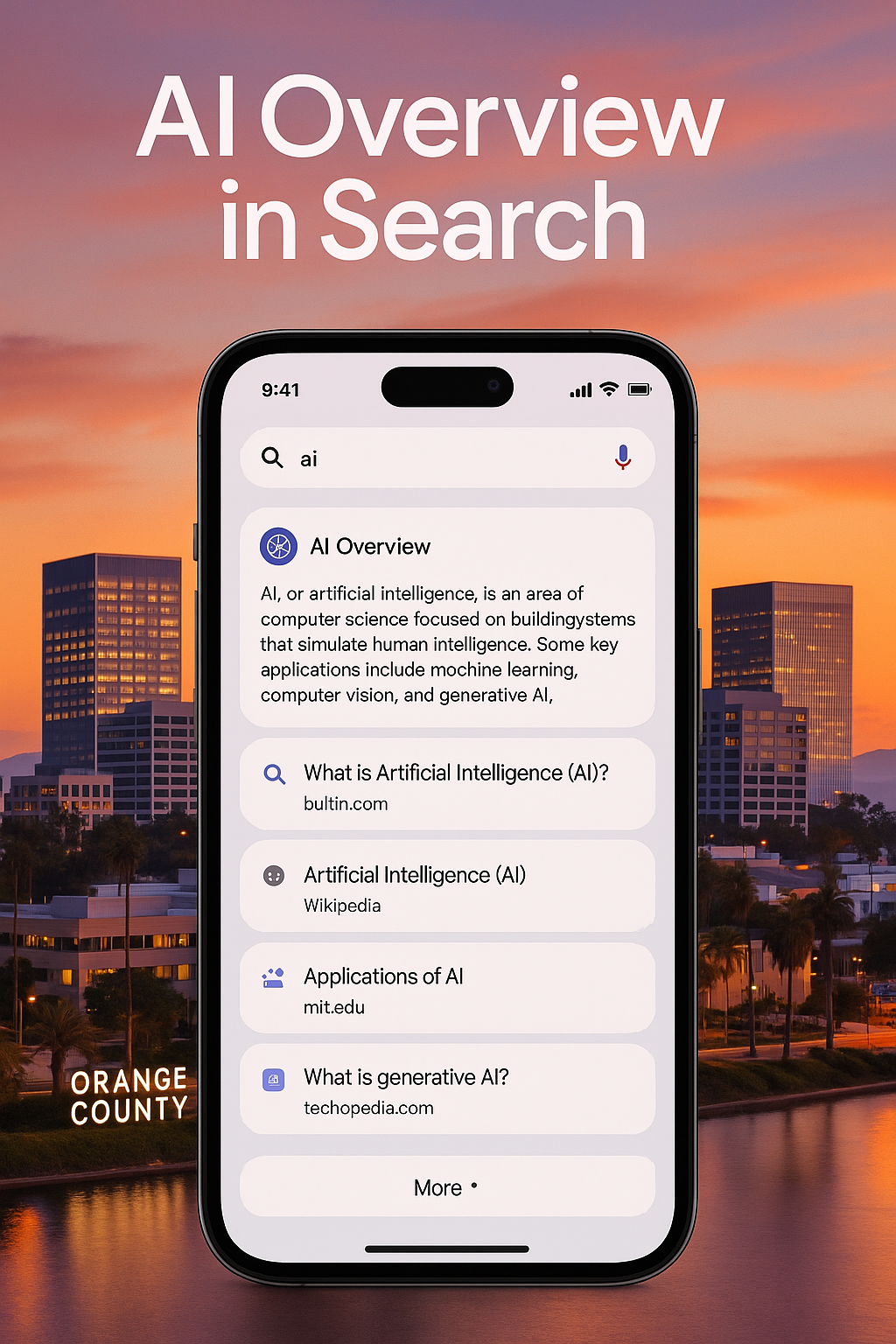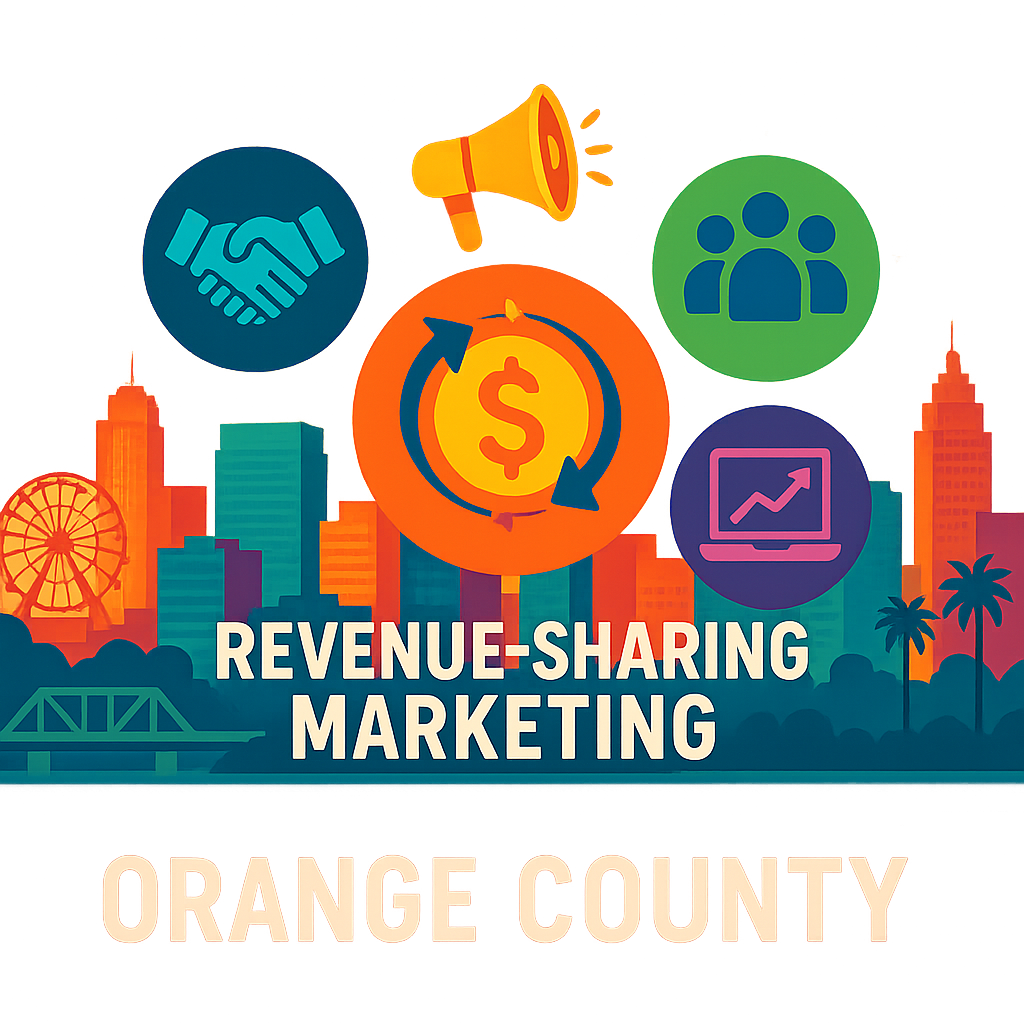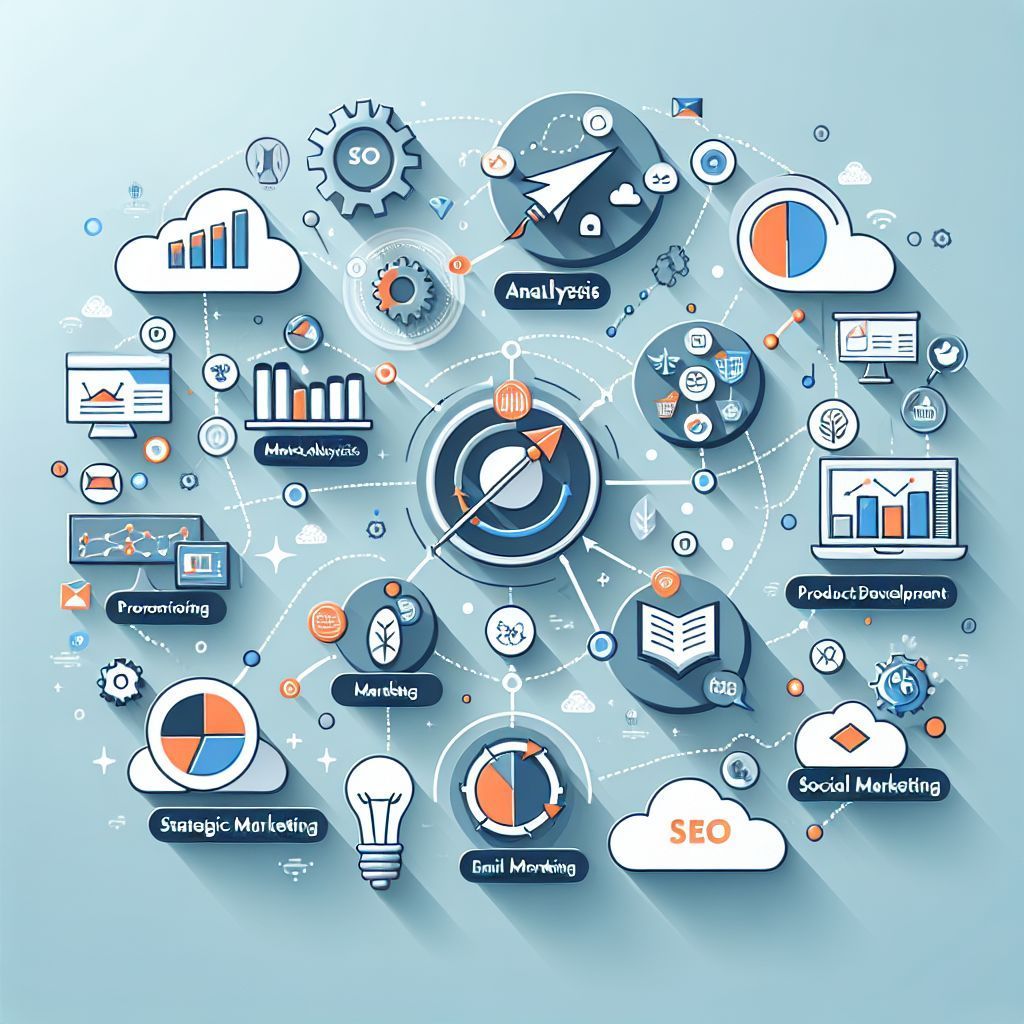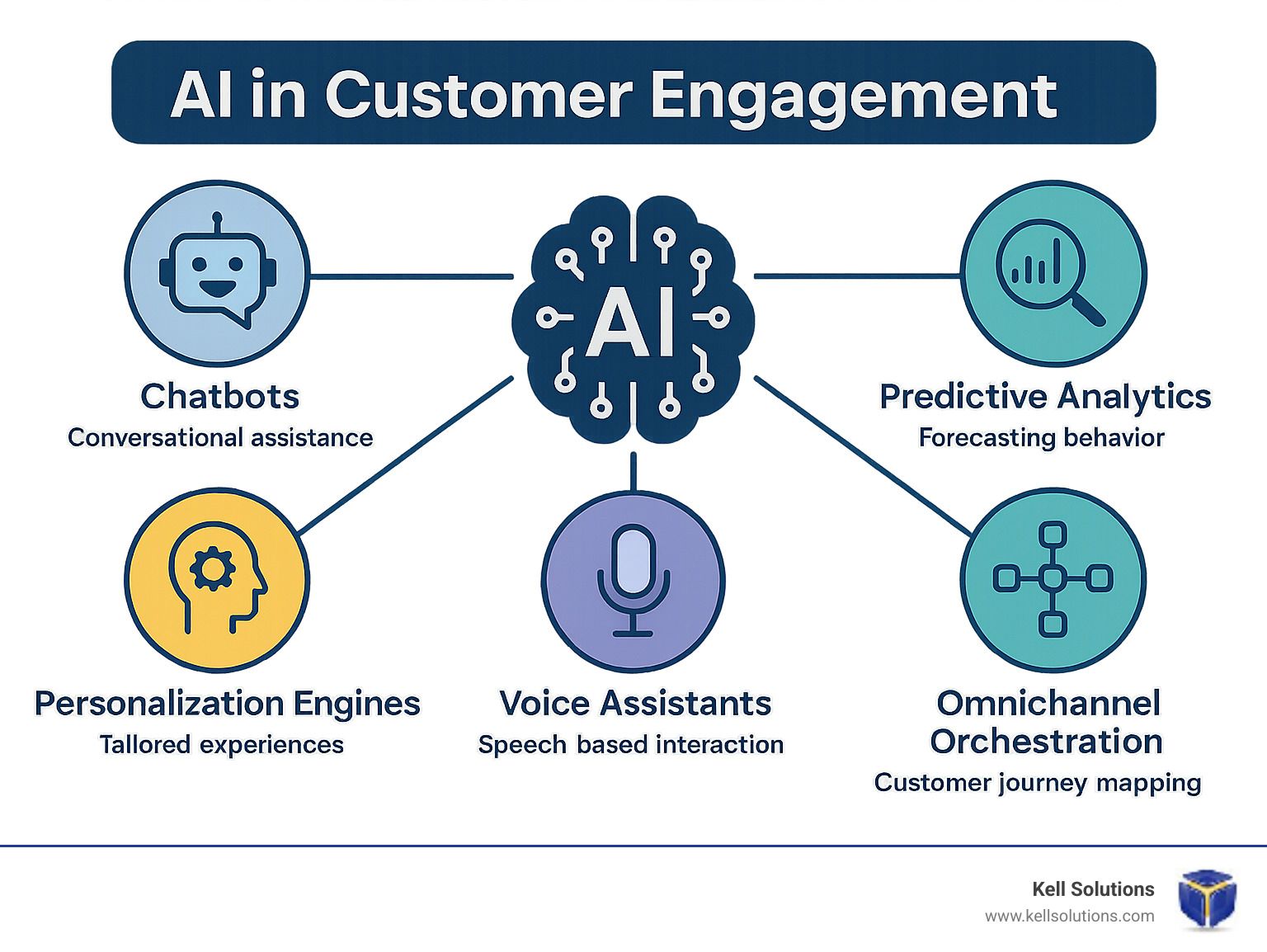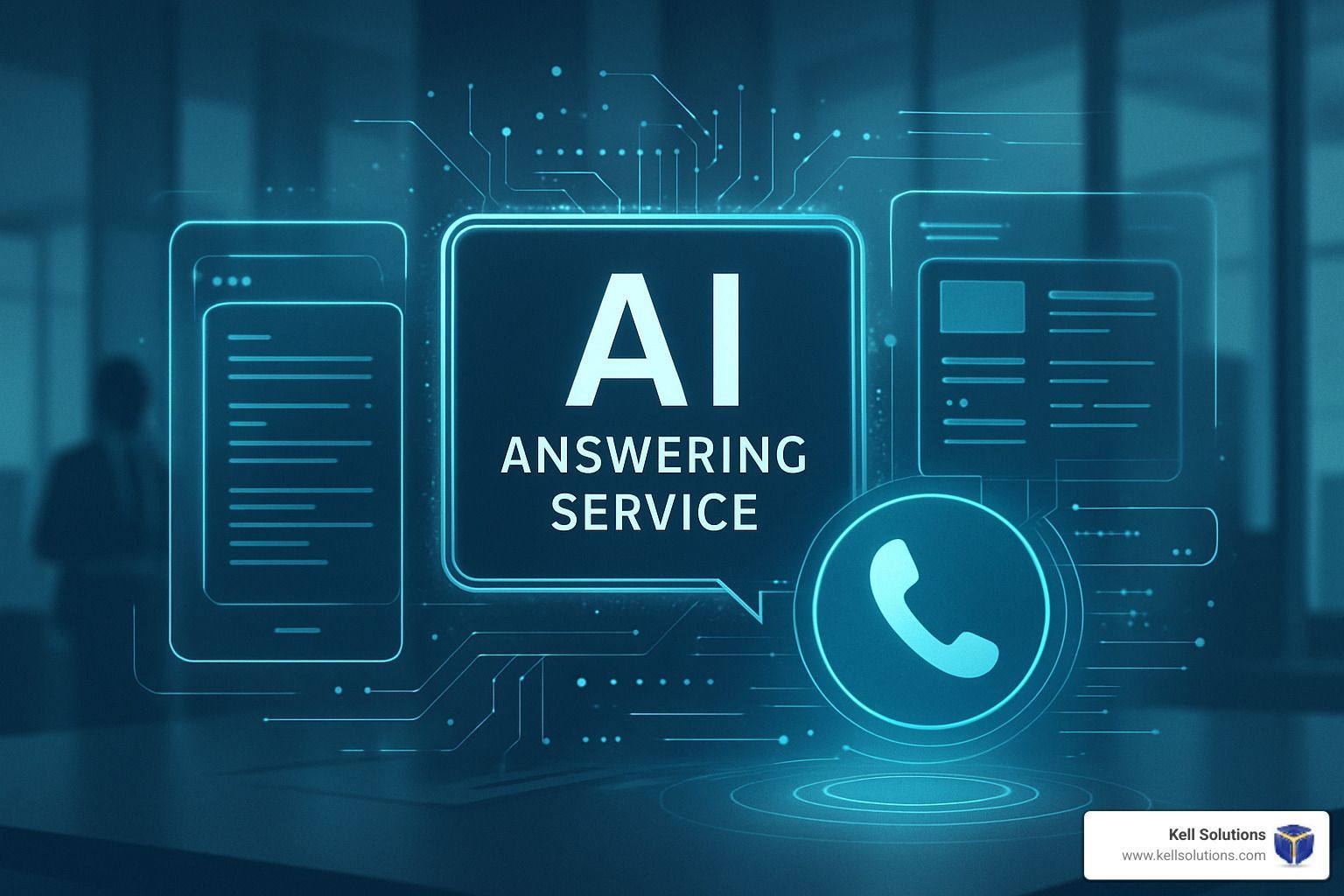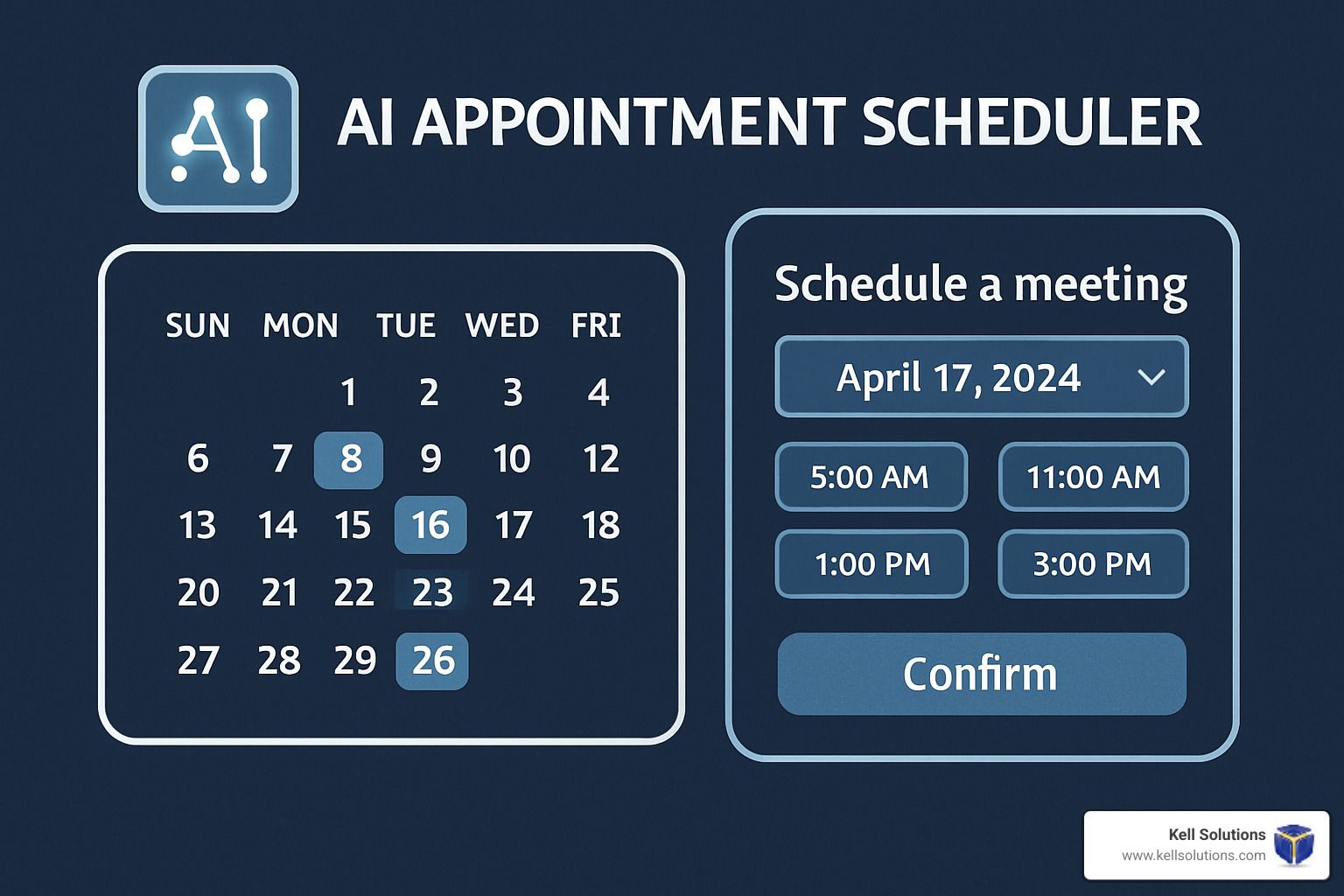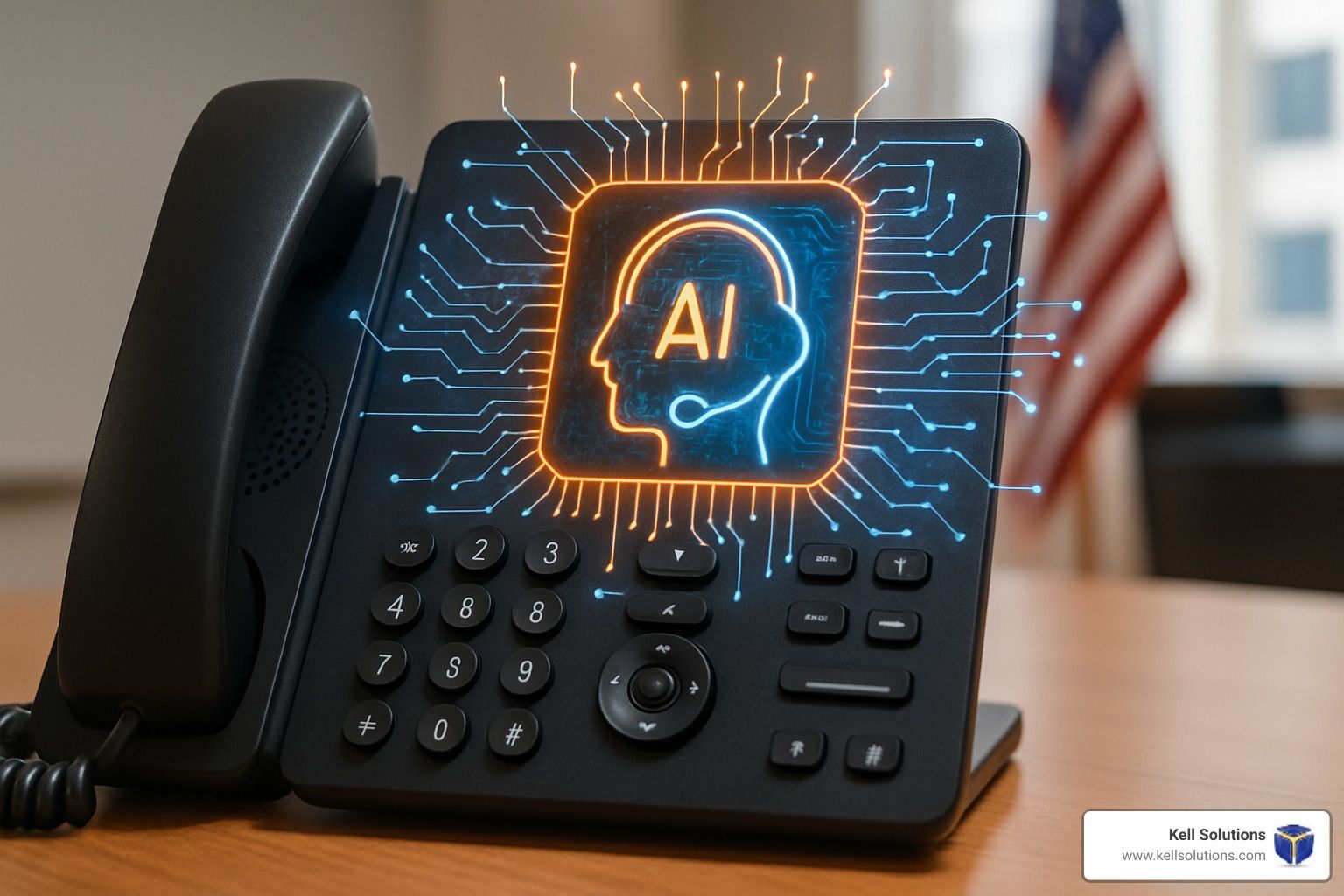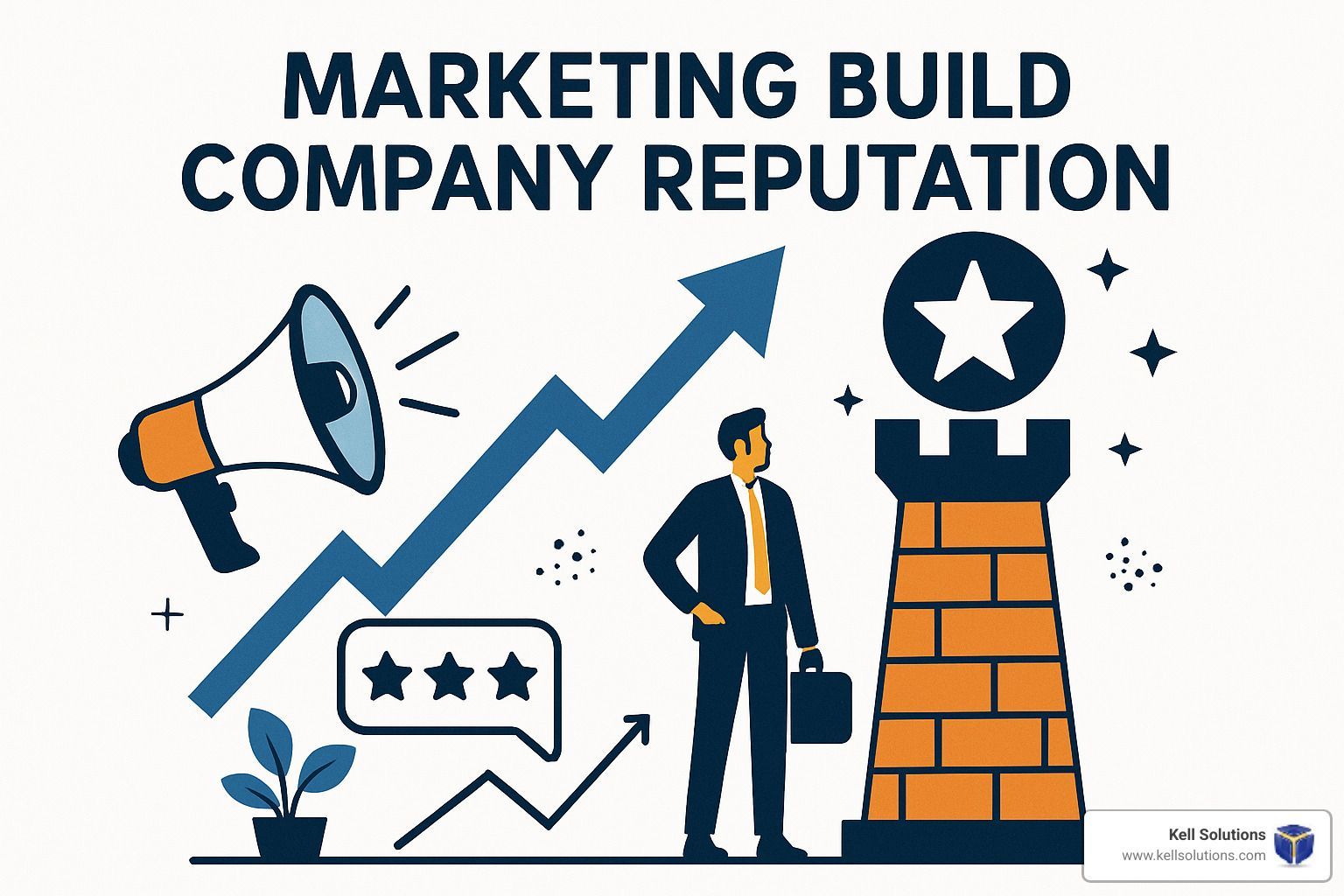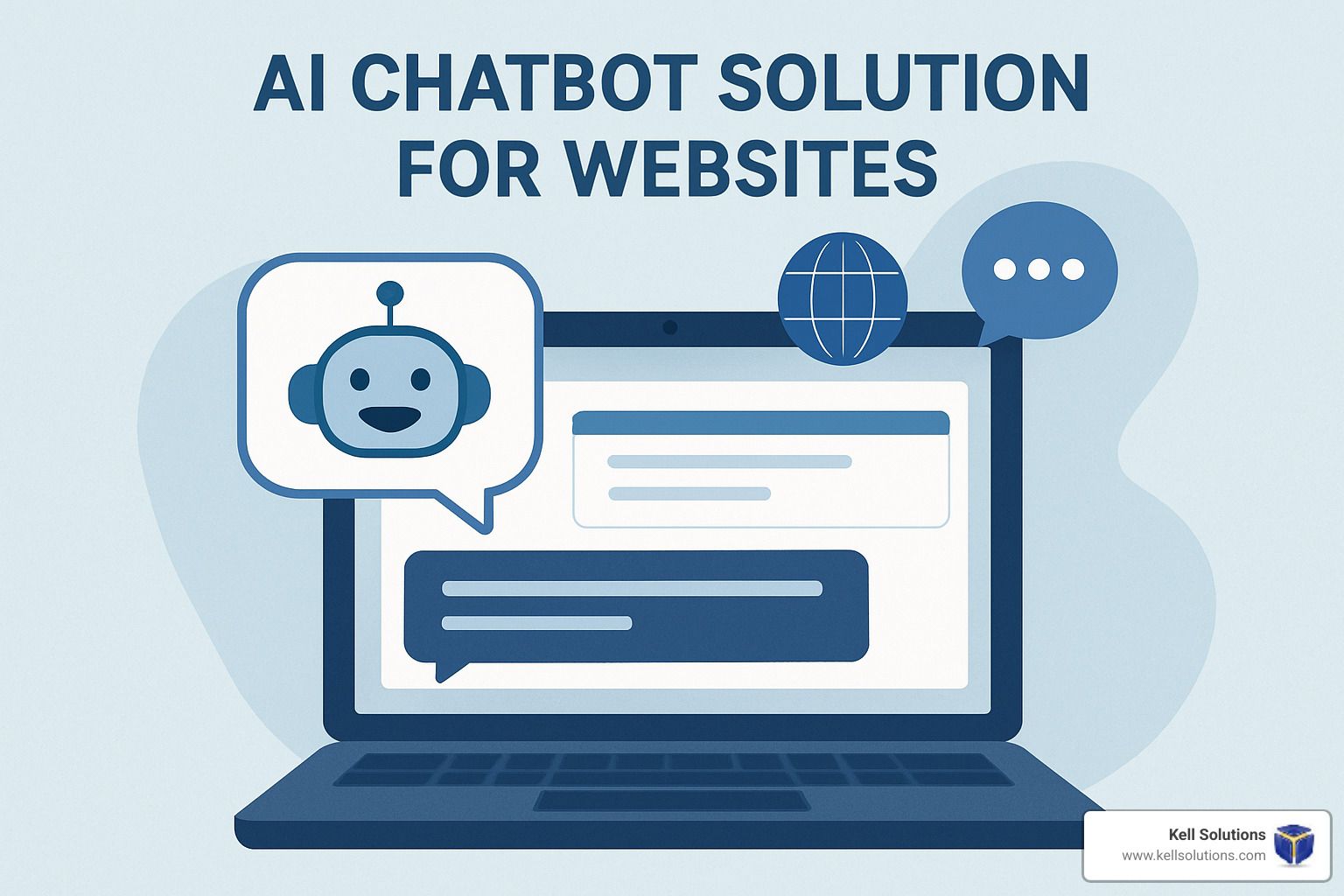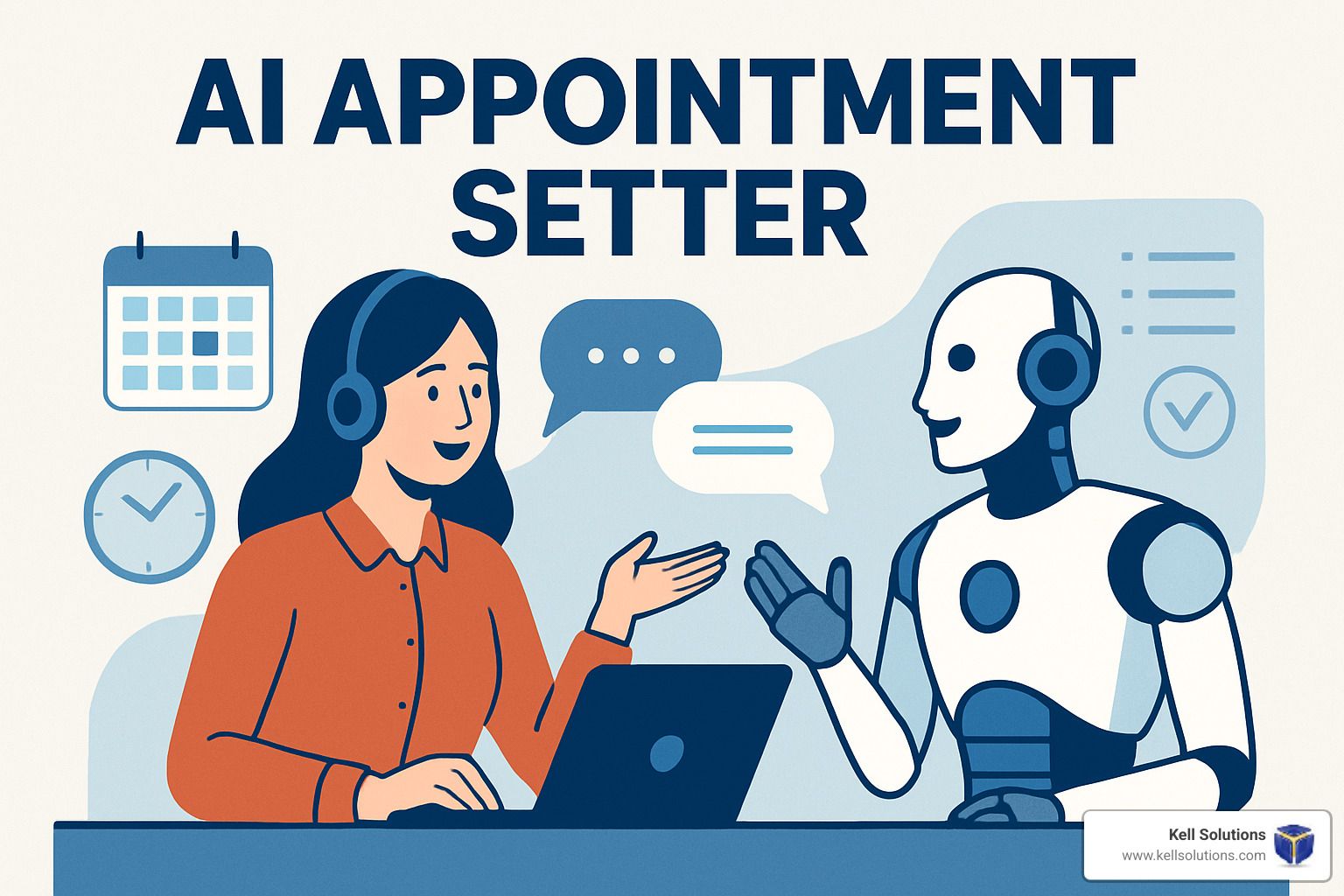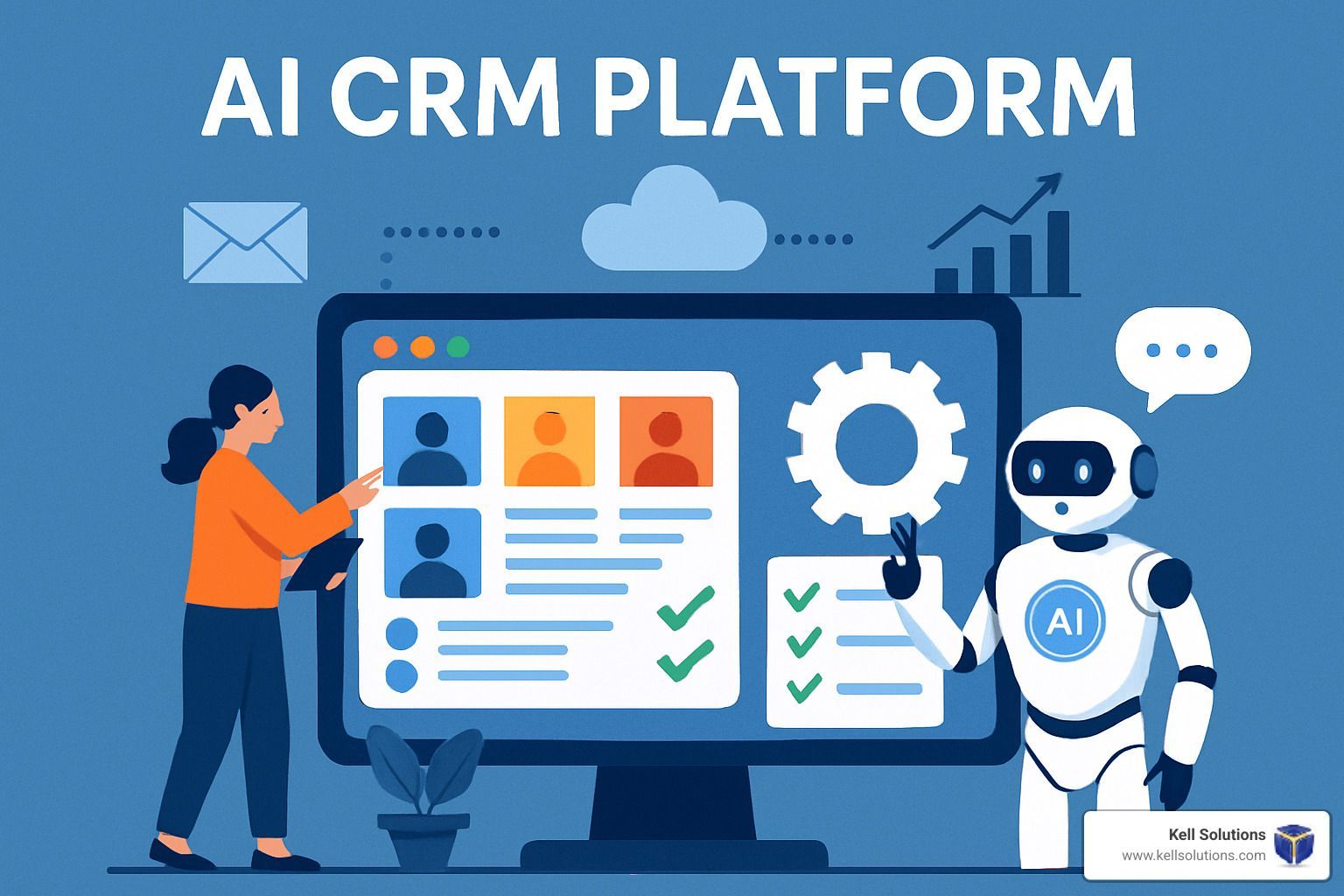Best AI Phone Answering Systems Reviews & Features
Best AI Phone Answering Systems of 2025: Expert Reviews, 24/7 Availability & Cost-Saving Features for Businesses
Key Takeaways
- VoiceGenie AI leads the market with 94% caller satisfaction rates, offering enterprise features at SMB-friendly prices with cost savings of up to 83% over traditional receptionists.
- Only 38% of customer calls to local businesses get answered, resulting in potential revenue losses of $75,000 annually for the average business.
- The best AI phone answering systems combine natural voice capabilities, contextual memory, and emotional intelligence to deliver human-like conversations.
- Businesses implementing top AI phone systems report a 62% reduction in after-hours staffing costs and 37% faster lead qualification.
- AI telephony market is projected to reach $17.2 billion by 2026, with systems now capable of handling complex workflows while maintaining HIPAA compliance.
AI Phone Systems That Actually Answer Calls Like Humans
Missed calls aren't just inconveniences—they're significant revenue leaks draining your business every day. Studies show 60% of customers prefer calling local businesses after finding them online, yet an alarming 38% of those calls go unanswered. In today's competitive landscape, this communication gap isn't just frustrating—it's financially devastating.
Modern AI phone answering systems have evolved far beyond the robotic, menu-driven interfaces of the past. The latest technology delivers conversations so natural that callers often can't distinguish them from human interactions. These sophisticated systems now process an estimated 2.3 billion daily interactions globally, with capabilities extending far beyond simple call routing to include appointment scheduling, complex question answering, and even emotional intelligence.
Enter solutions like VoiceGenie AI, which delivers enterprise-grade capabilities at prices accessible to smaller businesses. This represents a fundamental shift in how organizations handle incoming communications—transforming what was once a significant operational burden into an automated, scalable asset that works 24/7 without burnout or performance variation.
Why Businesses Lose $75,000 Annually from Missed Calls
The financial impact of missed calls extends far beyond the immediate lost opportunity. When potential customers can't reach you, they don't typically leave messages or try again—they simply move on to your competition. For service-based businesses, each missed call represents an average potential revenue loss of $500-700, quickly accumulating to approximately $75,000 annually for businesses receiving just 15-20 inquiry calls per week.
This revenue leakage happens silently and invisibly, making it particularly dangerous. Traditional solutions like hiring additional receptionists or outsourcing to call centers introduce prohibitive costs, especially for after-hours coverage. Even worse, these conventional approaches still result in missed calls during peak periods, staff transitions, or when handling multiple simultaneous inquiries—creating the very problem they're meant to solve.
The 94% Customer Satisfaction Rating of Top AI Systems
The latest generation of AI phone systems has shattered previous limitations of automated call handling. Leading solutions like VoiceGenie AI have achieved a remarkable 94% caller satisfaction rate in enterprise deployments—representing a 37% improvement over industry averages for traditional systems. This breakthrough performance comes from architectural innovations in conversational intelligence, allowing these systems to understand context, intent, and even emotional states.
Most impressively, these satisfaction ratings don't come with operational compromises. The best AI systems maintain 99.98% uptime reliability while delivering consistent performance across peak and off-hours. For businesses struggling with staffing challenges, these systems provide a level of operational stability previously unattainable without significant investment in redundant human teams.
Top 5 AI Phone Answering Systems in 2025
After analyzing performance metrics, feature sets, implementation requirements, and real-world business outcomes across dozens of solutions, these five AI phone answering systems stand out as the clear market leaders in 2023, each with distinct advantages for different business needs and scales.
1. VoiceGenie AI: Best Overall for Enterprise-Grade Features
VoiceGenie AI emerges as the comprehensive leader through its patented Conversational Intelligence Engine, which delivers remarkably human-like interactions. The virtual receptionist system excels achieving 89% first-call resolution rates compared to the industry average of 68%. Its contextual memory architecture can maintain coherent conversations across 53 dialogue turns, far surpassing the 12-15 turn limitation of most competitors.
Where VoiceGenie truly distinguishes itself is through its adaptive learning system, which continuously improves through actual customer interactions. The platform includes "Takeover Mode," allowing seamless human agent intervention when needed without callers experiencing any disruption. At a starting price point of $175/month, it delivers enterprise capabilities at SMB-friendly costs, with documented cost savings averaging 83% compared to traditional reception staffing models.
2. OpenPhone Sona: Best for Small Teams on a Budget
OpenPhone Sona offers an attractive entry point for small businesses seeking AI phone capabilities without significant investment. Starting at just $99/month, the system provides solid basic functionality including call routing, simple appointment scheduling, and information capture. While it lacks the conversational depth of more advanced solutions, it excels in easy implementation with minimal training required.
3. Play AI: Best Multilingual Support
Play AI stands out for businesses serving diverse linguistic communities, offering natural-sounding conversations in 28 languages without the awkward pauses or translations common in other systems. Its proprietary "Cultural Context Engine" maintains appropriate formality levels and cultural nuances across languages, critical for businesses with international operations. The platform seamlessly switches between languages within the same call when needed, a feature particularly valuable for businesses in multilingual regions.
At $249/month, Play AI occupies a mid-tier pricing position, but delivers exceptional value for businesses where language flexibility is mission-critical. The system includes industry-specific terminology training for healthcare, financial services, and technical support, ensuring appropriate vocabulary usage in specialized contexts. Its one weakness appears in handling complex appointment scheduling, where it sometimes requires more dialogue turns than competitors.
4. Smith.ai: Best for Legal and Service Industries
Smith.ai has developed specialized expertise in professional services workflows, particularly for legal, accounting, and consulting firms. The system excels at sophisticated client intake processes, capturing detailed information through natural conversation flows while maintaining strict compliance with legal ethics requirements. Its integration with practice management software is the most seamless in the industry, automatically creating client records and documenting interactions without manual intervention.
Starting at $240/month, Smith.ai offers a hybrid model combining AI with human backup for particularly complex situations. This approach delivers exceptional 97% accuracy on legal intake forms and consultation scheduling. The platform's specialized legal vocabulary and understanding of confidentiality requirements make it the clear choice for law firms and other professional service businesses where precision and compliance are non-negotiable.
5. Ruby: Best Hybrid AI/Human Solution
Ruby takes a different approach by emphasizing its human-AI collaboration model rather than pursuing fully automated interactions. This platform intelligently routes calls between its AI system and live receptionists based on conversation complexity, emotional cues, and business rules. The system particularly excels at handling emotion-laden calls, with its human escalation protocol delivering exceptional satisfaction for distressed callers.
Starting at $219/month, Ruby costs more than fully automated solutions but less than traditional answering services. For businesses where the human touch remains strategically important for certain callers or situations, Ruby provides an elegant balance. The platform's seamless handoff between AI and human agents ensures callers never feel the transition, maintaining conversation continuity and context throughout.
Critical Features That Make or Break AI Phone Systems
Not all AI phone systems deliver equal results, with performance disparities often tracing back to fundamental technological differences. Understanding these critical capabilities helps businesses evaluate options based on what truly drives caller satisfaction and operational outcomes rather than marketing claims. The most significant differentiators appear in four key areas that separate exceptional systems from merely adequate ones.
Natural Voice Capabilities: The 37% Improvement Factor
Voice quality creates the crucial first impression that shapes caller perception throughout the entire interaction. Top systems like VoiceGenie AI utilize dynamic prosody modeling that adjusts tone, emphasis, and pacing based on conversation context, achieving a 37% higher caller comfort rating compared to systems using static voice patterns. This technology eliminates the uncanny valley effect by incorporating natural speech elements like micro-hesitations, breathing patterns, and contextual emphasis changes.
The best systems also maintain consistent voice quality regardless of conversation complexity. Lesser solutions often degrade in naturalness when handling complex queries or deviating from expected conversation flows. Advanced systems employ continuous voice rendering rather than stitching together pre-recorded segments, eliminating the telltale shifts in tone and timbre that signal artificial responses to callers.
Context Memory: Why 53-Turn Recall Matters
Contextual memory represents the system's ability to maintain conversation coherence across multiple dialogue turns without losing track of previously discussed information. Leading systems like VoiceGenie AI can maintain context across 53 conversation turns, allowing for natural, wandering conversations that mirror human communication patterns. This capability eliminates the frustrating need for callers to repeat information or restart conversations when asking follow-up questions or returning to previous topics.
The impact on caller satisfaction is substantial, with high-context systems achieving 83% higher resolution rates for complex inquiries compared to limited-context alternatives. This capability becomes particularly crucial for technical support, healthcare, and financial service applications where conversations naturally involve reference to previously mentioned details or require exploring multiple related topics before reaching resolution.
Emotional Intelligence: How Top Systems De-escalate 89% of Angry Callers
The ability to detect and appropriately respond to caller emotions represents perhaps the most sophisticated differentiator among AI phone systems. Advanced platforms analyze acoustic patterns, speech rate, word choice, and conversation dynamics to identify emotional states ranging from satisfaction to frustration, confusion, or anger to maximize customer engagement. This capability enables dynamic response adjustment, with the system modifying its tone, pacing, and word choice to match the caller's emotional needs.
The business impact is substantial, with emotionally intelligent systems successfully de-escalating 89% of initially frustrated callers without human intervention. This capability dramatically reduces the need for manager escalations and improves first-call resolution rates. Systems lacking this intelligence often inadvertently amplify caller frustration through tone-deaf responses that fail to acknowledge emotional cues, creating negative experiences even when technically correct information is provided.
Compliance and Security: HIPAA, GDPR, and FIPS Requirements
For regulated industries, compliance capabilities represent non-negotiable requirements rather than optional features. Leading systems maintain comprehensive compliance with HIPAA, GDPR, PCI-DSS, and FIPS 140-2 standards through end-to-end encryption, secure data handling protocols, and automatic redaction of sensitive information from transcripts and recordings. These systems also provide detailed audit trails documenting all information access and transmission.
The financial implications extend beyond avoiding regulatory penalties. Compliant systems protect businesses from the average $4.35 million cost of data breaches while maintaining customer trust. Organizations should verify that AI phone system providers maintain current SOC 2 Type II certification and can provide Business Associate Agreements when handling protected health information. The most secure platforms like VoiceGenie AI employ zero-knowledge architecture that processes sensitive information without exposing it to third parties, including the provider itself.
Real Business Results: Before and After AI Phone Systems
Beyond features and specifications, the true test of AI phone answering systems lies in their measurable business impact. Across industries, organizations implementing these technologies report transformative improvements in customer acquisition, operational efficiency, and revenue retention. These case studies highlight the tangible outcomes businesses achieve when effectively deploying these systems. The global AI telephony market is projected to reach $17.2 billion by 2026, showcasing the increasing adoption and potential of these technologies.
The Roofing Company That Recovered $142,000 in Quarterly Revenue
Mid-Atlantic Roofing Solutions faced a common challenge—missing 37% of incoming calls during peak storm seasons when their team was occupied with emergency repairs and site visits. After implementing a system like VoiceGenie AI, they captured 100% of incoming inquiries 24/7, even during their busiest periods. The system qualified leads, scheduled estimates, and provided basic pricing information without human intervention. Within the first quarter, their booked appointments increased by 42%, translating to $142,000 in previously lost revenue, while reducing their lead response time from 3.8 hours to under 4 minutes.
How a Medical Practice Cut Prescription Renewal Times by 43%
Lakeside Family Medicine deployed an AI phone system to address overwhelming call volume for routine prescription renewals. The system authenticated patients, gathered necessary information about current medications and pharmacy details, and routed appropriate requests directly to providers via their electronic health record system. For qualifying renewals meeting safety protocols, the system could complete the entire process without staff intervention.
The results transformed their practice operations. Average prescription renewal time decreased from 27 hours to 15.4 hours, a 43% improvement. More importantly, their staff reported a 62% reduction in interruptions for routine matters, allowing them to focus on patients physically present in the office. Patient satisfaction scores for medication management increased from 3.6/5 to 4.7/5 after implementation.
62% Reduction in After-Hours Staffing Costs for Healthcare
Regional Health Network, operating 14 urgent care locations, struggled with spiraling costs for after-hours call handling through their traditional medical answering service. Each location averaged 35-50 after-hours calls nightly, with costs exceeding $14,000 monthly for basic message-taking and emergency routing. After implementing a HIPAA-compliant AI phone system, they automated 78% of these interactions, including appointment scheduling, basic medical advice within appropriate guidelines, and triage for determining which cases required immediate physician notification.
The financial impact was immediate. After-hours staffing costs decreased by 62%, saving approximately $104,000 annually. More surprisingly, patient satisfaction for after-hours support increased significantly, with their post-interaction survey showing a 4.8/5 rating compared to 3.9/5 with their previous human-only approach. This improvement stemmed from eliminating hold times (previously averaging 4.2 minutes) and providing instant, consistent responses regardless of call volume.
Beyond direct cost savings, the health network reported a 29% reduction in unnecessary emergency room visits as the AI system effectively guided patients to appropriate care levels based on symptom assessment. This outcome delivered additional savings to patients and insurers while reducing strain on emergency services.
Cost Comparison: AI vs. Human Receptionists
When evaluating AI phone systems and virtual receptionists against traditional staffing models, the financial advantages become immediately apparent. The average full-time receptionist costs $40,000-$55,000 annually plus benefits, while premium AI solutions start around $175 monthly. This creates an immediate 83% cost reduction before even considering additional factors like vacation coverage, turnover costs, and training expenses.
Please click here for the Missed Call ROI Calculator
Beyond direct salary comparisons, several hidden costs significantly impact the financial equation. Human receptionists can only handle one call at a time, creating bottlenecks during peak periods where additional calls go to voicemail—essentially defeating the purpose of having reception.
AI systems handle unlimited simultaneous calls, eliminating this capacity constraint entirely. Additionally, human performance inevitably varies based on fatigue, personal circumstances, and knowledge retention, while AI systems deliver consistent performance regardless of call volume or time of day.
Perhaps the most significant hidden cost comes from missed revenue opportunities. When calls go unanswered or reach voicemail during staff breaks, meetings, or after hours, 67% of callers hang up without leaving messages. These missed opportunities represent substantial revenue leakage that businesses often fail to measure. AI systems eliminate this problem entirely by providing 24/7 coverage without breaks, meetings, or shift changes.
When Human Touch Still Beats AI (And What to Do About It)
Despite their advantages, AI systems still face limitations in certain scenarios. Highly emotional situations like medical emergencies or angry customer escalations often benefit from human empathy and nuanced judgment. Complex, multi-faceted conversations where context shifts rapidly can occasionally challenge even the most sophisticated AI systems. For these scenarios, hybrid approaches that combine AI efficiency with seamless human escalation provide the optimal solution.
The most effective implementations use AI to handle the 75-85% of routine calls while identifying situations requiring human intervention and seamlessly transferring those conversations with full context. This approach maximizes efficiency while preserving the human touch where it adds genuine value. By focusing human resources on complex, high-value interactions rather than routine inquiries, businesses optimize both cost structures and customer experience.
Implementation Guide: Setting Up Your AI Phone System
Successful AI phone system implementation requires thoughtful planning beyond mere technical setup. Organizations achieving the highest ROI follow a structured approach to knowledge transfer, integration, and performance optimization that ensures the system truly reflects their business processes and customer needs.
3-Step Knowledge Transfer Process
The foundation of effective implementation lies in comprehensive knowledge transfer to your AI system. Begin with document analysis, where the system ingests your existing FAQs, scripts, product information, and policy documents to build its knowledge foundation. Next, conduct process mapping sessions where your team walks through common customer interactions and decision trees to establish handling protocols. Finally, perform conversation training where the system observes actual customer interactions (either recorded or live) to learn natural language patterns and response styles specific to your business.
Top providers like VoiceGenie AI offer automated knowledge extraction tools that significantly accelerate this process, reducing implementation time by up to 68% compared to manual methods. These tools identify information gaps requiring additional documentation before launch, ensuring comprehensive coverage of customer inquiries from day one.
Integration with Your Current Phone System
Modern AI phone systems offer flexible integration options with existing telecommunications infrastructure. Cloud-based deployment requires no hardware changes, with calls routed through your existing numbers to the AI platform via simple forwarding rules. For more sophisticated setups, direct SIP trunk integration provides seamless handoffs between your phone system and the AI platform, maintaining call quality and facilitating easy transfers to live agents when needed.
Most leading platforms offer pre-built integrations with popular business phone systems including RingCentral, 8x8, and Vonage, typically requiring under two hours of technical setup. For legacy PBX systems, analog telephone adapters provide straightforward connectivity options without requiring complete system replacement. The most effective implementations maintain your existing business numbers while adding AI capabilities transparently to callers.
Training Your Team to Work With AI
Employee adoption represents a critical success factor often overlooked during implementation. Start by clearly communicating how the AI system will complement rather than replace human roles, emphasizing how it handles routine inquiries to free staff for more valuable activities. Provide hands-on training for interaction with the system's management dashboard, including how to review conversation transcripts, update knowledge bases, and adjust handling rules.
For organizations using hybrid models with human escalation paths, practice seamless handoffs to ensure staff can efficiently pick up conversations where the AI left off without requiring callers to repeat information. The most successful implementations designate AI champions within each department who receive advanced training and serve as internal resources for ongoing optimization.
Measuring Success: 5 Key Metrics to Track
- Call Completion Rate: The percentage of calls fully handled by AI without human intervention. Target: 75-85% depending on business complexity.
- First-Call Resolution: The percentage of inquiries resolved during the initial interaction without follow-up needed. Target: 80%+.
- Average Handle Time: Duration of typical customer interactions compared to previous human handling. Target: 15-30% reduction.
- Customer Satisfaction: Post-call surveys measuring caller experience with AI interactions. Target: 4.5+ on 5-point scale.
- Revenue Conversion: Percentage of inquiry calls resulting in appointments, sales, or other revenue-generating activities. Target: 25-40% improvement over previous baseline.
The Future of AI Phone Systems: What's Coming Next
The rapid evolution of AI telephony continues to accelerate, with several emerging technologies poised to further transform business communication capabilities. Organizations implementing systems today should consider not just current capabilities but also the development roadmap of their chosen provider to ensure long-term compatibility with emerging features.
Predictive Customer Service
The next generation of AI phone systems will shift from reactive to predictive modes of operation. By analyzing patterns in customer data, these systems will anticipate caller needs before they're expressed, often initiating outbound communication at optimal moments. For example, a medical office AI might proactively contact patients due for preventative screenings, while a retail system could reach out with personalized offers based on previous purchase patterns and browsing behavior. This capability will transform phone systems from cost centers into revenue-generating assets that strengthen customer relationships through timely, relevant outreach.
Enhanced Self-Optimization Capabilities
Current AI systems typically require human guidance for improvement, but next-generation platforms will increasingly self-optimize through autonomous learning. These systems will automatically identify conversation patterns leading to positive outcomes, then adjust their approaches to replicate successful techniques across all interactions. They'll detect knowledge gaps by recognizing questions they couldn't answer effectively, then automatically research solutions from approved information sources without human intervention.
This capability will dramatically reduce the management overhead currently required for maintaining AI knowledge bases. Rather than requiring manual updates for new products, policies, or common questions, the system will continuously refine its own understanding and capabilities. The most advanced platforms will even suggest script improvements based on statistical analysis of which approaches yield the highest customer satisfaction and conversion rates.
Choose the Right AI Phone System for Your Business Type
Different industries face unique communication challenges requiring specialized capabilities from their AI phone systems. The optimal solution varies significantly based on typical call patterns, compliance requirements, and business objectives. Understanding these distinctions helps organizations select platforms aligned with their specific operational needs rather than generic solutions.
Best for Healthcare Practices
Healthcare organizations require systems with robust HIPAA compliance, including Business Associate Agreements, end-to-end encryption, and comprehensive audit trails. The ideal platform offers medical-specific capabilities like symptom-based triage following clinical protocols, appointment scheduling with insurance verification, and secure prescription renewal processing. VoiceGenie AI leads this category with its healthcare-specialized knowledge base and clinical integration capabilities, achieving 94% accuracy on medical terminology and appropriate care recommendations.
Beyond technical capabilities, effective healthcare AI systems must balance clinical precision with compassionate communication. The best platforms adjust their tone and pacing when discussing sensitive health matters, recognize emotional cues in patient voices, and appropriately escalate distressed callers to clinical staff. For multi-provider practices, systems should understand provider specializations and availability to route patients appropriately rather than simply scheduling with the first available time slot.
Best for Financial Services
Financial institutions face stringent regulatory requirements alongside sophisticated security needs. The optimal AI phone system provides SOC 2 Type II compliance, PCI-DSS certification for payment handling, and robust identity verification protocols including knowledge-based authentication and voice biometrics. Smith.ai excels in this vertical with its financial services package that includes fraud detection algorithms that flag suspicious requests based on behavior patterns and account history.
Effective financial AI systems must navigate the balance between security and convenience, implementing appropriate authentication methods proportional to the sensitivity of the requested information or transaction. The platform should integrate seamlessly with CRM and account management systems to provide personalized service referencing client portfolios, recent transactions, and relationship history. For investment firms, systems should recognize market terminology and provide appropriate disclaimers while avoiding anything that could be construed as investment advice.
Best for Retail and E-commerce
Retail businesses benefit most from AI systems optimized for sales conversion and order management. The ideal platform integrates with inventory and order management systems to provide accurate, real-time product availability and order status updates. Play AI stands out for retail applications with its sales-optimized conversation flows and product recommendation engine that increases average order value through contextually relevant suggestions based on customer inquiry patterns.
Effective retail AI systems should handle common scenarios like order tracking, return authorizations, and product specifications while recognizing upselling opportunities without appearing pushy. The platform should support secure payment processing for phone orders while maintaining PCI compliance. For businesses with physical locations, geolocation capabilities that identify the nearest store and provide personalized information about local promotions and availability significantly enhance customer convenience. The evolution of AI-driven telephony has reached an inflection point, with enterprise-grade systems now providing these advanced features.
Best for Small Service Businesses
- Home Services: Systems specializing in appointment scheduling with location-based routing, service description capabilities, and emergency triage for after-hours calls.
- Professional Services: Platforms with sophisticated client intake workflows, document collection capabilities, and confidentiality protections appropriate for legal, accounting, and consulting applications.
- Hospitality: Solutions offering reservation management, amenity information, and local recommendations with multilingual support for international guests.
- Salon/Spa: Systems with provider-specific scheduling, service duration awareness, and product knowledge for retail recommendations related to services.
For service businesses with limited staff, the ability to capture detailed information during initial client contact provides exceptional value. The best systems qualify leads by gathering project details, budget parameters, and timeline requirements before scheduling consultations, ensuring staff time focuses on pre-qualified opportunities. VoiceGenie AI offers specialized templates for 23 service industries, reducing implementation time by providing pre-configured knowledge bases and conversation flows tailored to specific business types.
Small businesses particularly benefit from systems with flexible capacity that handle call surges without staffing adjustments. During promotional periods or seasonal peaks, AI systems maintain consistent performance regardless of volume increases, eliminating the missed opportunities common with limited human reception staff. This scalability provides a significant competitive advantage against larger competitors by ensuring every inquiry receives prompt, professional handling regardless of when it arrives.
The most effective service business implementations combine AI efficiency with strategic human touchpoints. For example, the system might handle initial inquiry capture and appointment scheduling autonomously but transfer to a human for complex custom quotes or specialized consultation requests. This hybrid approach optimizes operational efficiency while preserving the personal connection essential for service businesses.
Start Answering Every Call Today
Don't let another potential customer slip away due to missed calls or inconsistent handling. With VoiceGenie AI, you can transform your phone from a source of interruption into your most powerful business asset, delivering consistent, professional service 24/7 while reducing operational costs by up to 83%.
Frequently Asked Questions
Below are answers to the most common questions businesses ask when considering AI phone answering systems for their operations. These insights address implementation concerns, technical considerations, and practical outcomes based on real-world deployments.
How long does it take to set up an AI phone answering system?
Basic implementation typically takes 3-5 business days from sign-up to live operation. This includes technical integration, initial knowledge transfer, and voice personalization. More complex implementations requiring extensive knowledge base development or custom integrations may require 2-3 weeks. Most providers offer expedited setup options for businesses needing immediate coverage, with basic call handling capabilities deployable within 24 hours while more sophisticated functions are developed in parallel.
Can AI phone systems integrate with my CRM software?
Yes, leading AI phone systems offer pre-built integrations with popular CRM platforms including Salesforce, HubSpot, Zoho, and Microsoft Dynamics. These integrations allow the AI to access customer records during calls and automatically update them with interaction details, new contact information, and action items. For custom or specialty CRM systems, REST API connections enable similar functionality through modest development work.
The most sophisticated implementations enable bidirectional data flow, with the AI system both consuming and creating CRM data. This allows for personalized interactions based on customer history while ensuring all departments have visibility into AI-handled communications. Implementation typically requires 4-8 hours of technical configuration depending on the complexity of your CRM architecture and desired integration depth.
What happens when the AI can't answer a customer's question?
When encountering questions beyond its knowledge base, a properly configured AI system will gracefully acknowledge its limitations rather than providing incorrect information. Depending on your business rules, the system can transfer to an appropriate human agent, create a detailed ticket for follow-up, or offer to schedule a callback from a specialist. Throughout this process, the system maintains a professional tone that preserves your brand reputation while setting clear expectations for resolution.
Leading systems like VoiceGenie AI include "learning mode" functionality that automatically flags unanswered questions for knowledge base expansion. This creates a continuous improvement cycle where the system becomes increasingly capable over time by identifying and addressing its own knowledge gaps. Many businesses report their AI systems achieve 95%+ knowledge coverage within 90 days through this automated learning process.
Are AI phone systems secure enough for handling sensitive information?
Enterprise-grade AI phone systems implement multiple security layers that often exceed the protections in traditional call centers. These include end-to-end encryption, secure data storage with AES-256 standards, and role-based access controls for conversation recordings and transcripts. Leading providers maintain compliance certifications including HIPAA, SOC 2 Type II, and PCI-DSS, with regular third-party security audits verifying their protection measures. For particularly sensitive applications, look for systems offering zero-knowledge architecture where even the provider cannot access unencrypted customer data.
How do callers typically react to AI phone systems?
Caller reaction depends significantly on implementation quality and expectation setting. With sophisticated systems like VoiceGenie AI, 78% of callers report positive experiences, citing immediate response, consistent information, and 24/7 availability as key benefits. The remaining callers typically have neutral reactions, with only 3-5% expressing dissatisfaction. These satisfaction rates actually exceed typical ratings for human call centers, which average 62-68% positive feedback.
The most successful implementations transparently acknowledge the AI nature of the system rather than attempting to deceive callers. For example, an introduction like "Hi, I'm Sarah, VoiceGenie's AI assistant for Lakeside Medical" sets appropriate expectations while maintaining a professional impression. This transparency builds trust while highlighting the benefits of immediate, accurate service regardless of when someone calls.
For businesses concerned about caller acceptance, hybrid implementations offer a gentle transition by having the AI handle simple inquiries while seamlessly transferring complex situations to human agents. This approach delivers immediate efficiency improvements while building caller comfort with the technology over time. As confidence in the system grows, businesses typically expand the AI's handling scope to include increasingly sophisticated interactions.


Orange County HVAC Google AI Overview Domination: 7 Proven Strategies to Capture Featured AI Results





